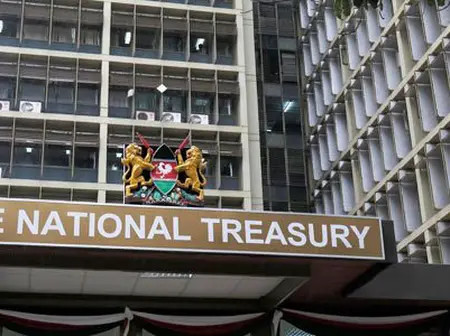The National Treasury intends to clear the remaining stock of 17 year old pending bills amounting to Ksh 146.2 billion in the running fiscal year.
This comes as National Treasury and Economic Planning Cabinet Secretary John Mbadi plans to make pending bills part of annual budget deficit.
“With accrual accounting, we will capture all government commitment and liabilities including what we are calling pending bills which don’t form part of our budget deficit. Going forward it will be in the budget deficit so that we have a more realistic deficit,” said Mbadi during the launch of the fy2026/27 and the medium-term budget preparation process.
According to Treasury, the Pending Bills Verification Committee has received 115,617 pending bills valued at Ksh 664.8 billion which were accrued between June 2005 and June 2022.
Out of this amount, Ksh 571.5 billion emanating from 78,567 pending bills with Ksh 226.7 billion being recommended for payment.
Treasury Principal Secretary Dr Chris Kiptoo said the government has so far settled Ksh 80.3 billion through the infrastructure bond leaving a balance of Ksh 146.2 billion.
“This number could have changed because there was a retreat by the committee recently so we will be updating the public soon,” said Kiptoo.
“We have indicate in the fiscal framework that we intend to settle this amount in this fiscal year and its tied with the State Owned Enterprises reforms and privatization reforms,” he added.
This year, Treasury projects the economy to grow by 5.3pc supported by a strong agricultural and manufacturing sector, a robust service industry, macroeconomic stability, ongoing public investment, and high business confidence.
Mbadi noted that FY2026/27 budget will be anchored on the Fourth Medium Term Plan (MTP IV) and aligned with the Bottom-up Economic Transformation Agenda (BETA).
The strategic focus will remain fostering economic growth through the Bottom-Up Economic Transformation Agenda (BETA).
“In this regard, our focus remains on key sectors that directly impact household welfare, including: Agricultural Transformation; Micro, Small, and Medium Enterprises (MSMEs); Housing and Settlement; Healthcare; and Digital Infrastructure and Creative Economy Investments,” said Mbadi.
Keys risks to growth include among others extreme weather events which could hurt agricultural sector output, and higher public debt levels and rising debt-service costs which could crowd out essential development spending, reducing the fiscal space available for development projects.

Leave a Reply